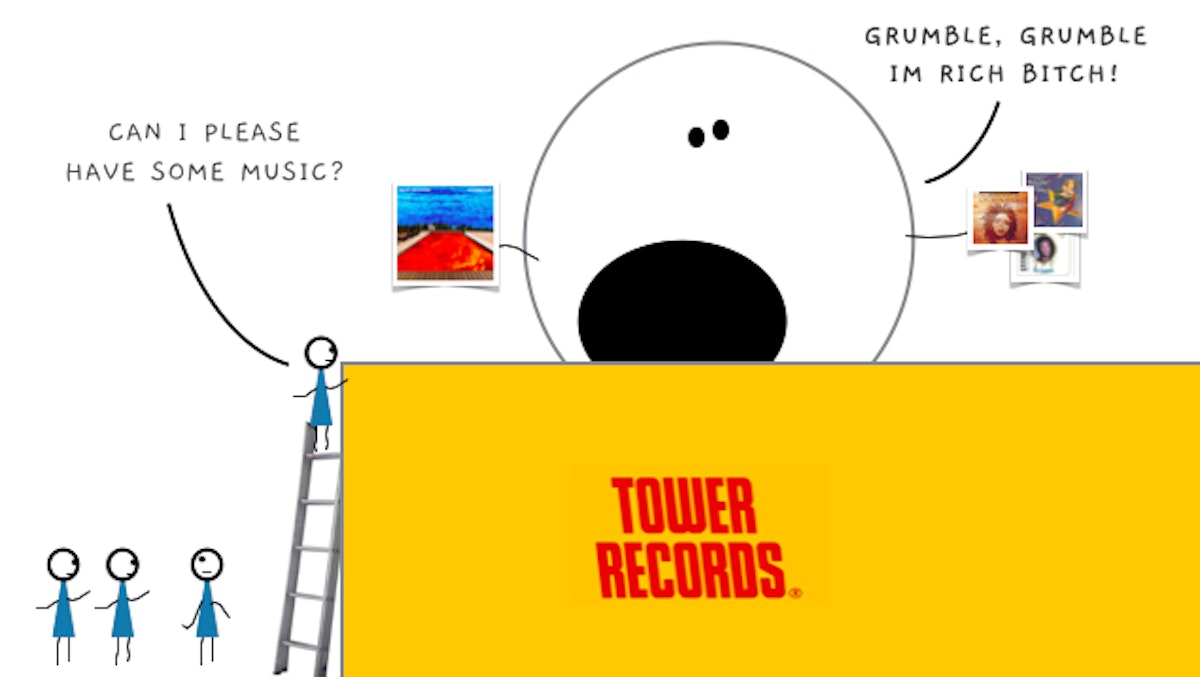3,675 reads
The History of The Internet

Too Long; Didn't Read
Napster was the way I found decentralization. I was 19, and music was my symbol of freedom. But music wasn’t free. Albums were very expensive and controlled by a middle-man: the record labels. Each week, I’d go to my local record store, pay $14.99, and return home with a physical album. A CD.Columbia University faculty, Host of the Learn to Code Podcast, and Teacher at OneMonth.com
About @castig
LEARN MORE ABOUT @CASTIG'S
EXPERTISE AND PLACE ON THE INTERNET.
EXPERTISE AND PLACE ON THE INTERNET.
L O A D I N G
. . . comments & more!
. . . comments & more!

